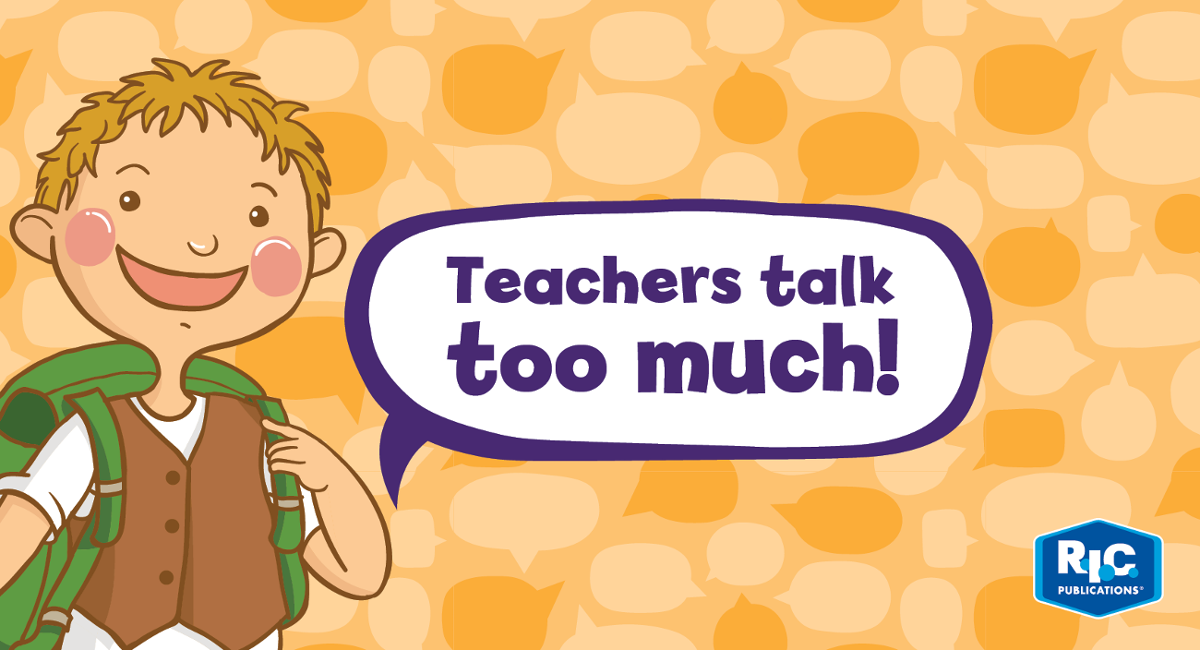- Tuesday 19 February 2019
- 0 Comments
There is no doubt that the teaching classroom environment depends heavily on spoken word from the teacher. They need to give so many directions, instructions and pieces of information that it’s not difficult for a classroom to become one where the teacher talks too much!
Admittedly, some students like to be given facts and information, and then ‘run with it’ in their own individual ways. However, teachers need to be vigilant that they provide a multitude of opportunities for students to talk to each other, and take centre stage. Teachers need to ensure they are facilitators rather than providers of knowledge.
It so important for students to talk more (within reason) because:
- they learn so much from each other when they interact. They clarify ideas, hear views and ideas they may not have considered, gather additional information and develop social skills.
- they are missing out on valuable communication opportunities due to technology. Text messaging via SMS, Facebook™, Instagram™ and Twitter™ have led to a marked decrease in students’ abilities to interact with each other face-to-face. Children are losing the ability to communicate with others.
SO! What can you do to decrease your talking time and increase the students’?
Try some of these strategies from Angela Watson, which can be found at <https:// thecornerstoneforteachers.com/8-ways-teachers-can-talk-less-get-kids-talking/>:
- Provide ‘wait time’ or ‘think time’ after asking questions. This can be hard for teachers as they see students struggling to come up with answers.
- Move around the classroom. When you’re at the front of the classroom, it’s easy to take on an instructional manner.
- If there are phrases and instructions that are repeated often during the day, teach the students signals rather than talking. As an example, hands placed on heads and scanning the students (rather than saying ‘Eyes to me!’ or something similar) eventually gets every students attention.
- A smile, a quickly-given sticker or stamp and other non-verbal reinforcement can be used for behavior whenever possible.
- Prompt discussion by using more questions than statements.
- Use phrases like ‘Can you tell me in your own words?’ to prompt fuller and deeper responses, and further discussion (where applicable).
- Don’t repeat yourself. Say an instruction once and expect the students will listen and remember it. If they don’t the first few times, they’ll soon catch on!
- Stop summarising for the students and ensure they do it!
